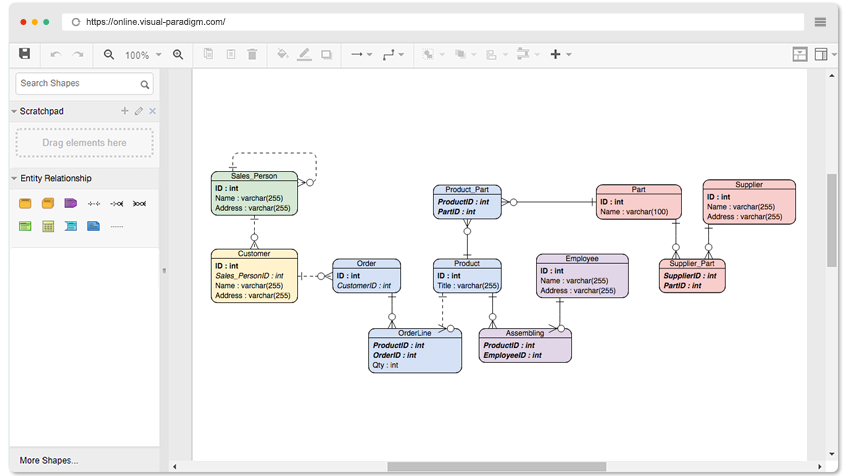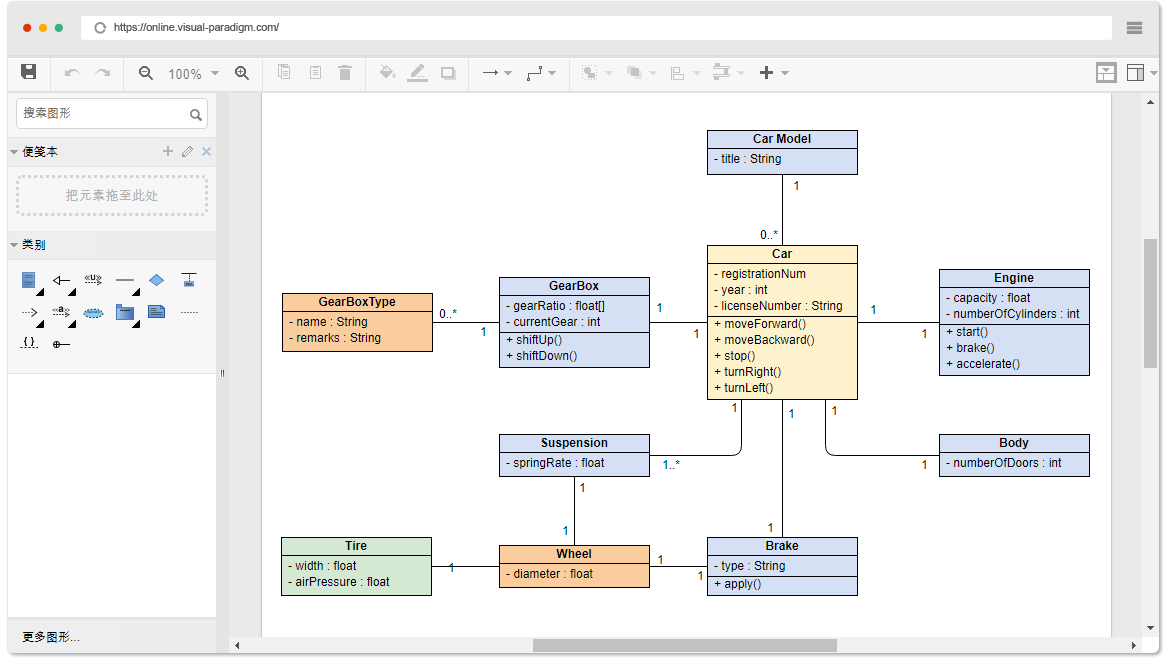


In Resource Catalog, select the kind of relationship to be created.Release the mouse button at the place where you want the entity to be created.Press on the Resource Catalog button and drag it out.Move your mouse pointer over the source entity.You can create a related entity by performing the steps below: Relationship shows how the entities are related to each other. Working with relationships Creating an entity with relationship To select all columns within an entity, select any column first, and then press Ctrl-A to select the rest. In case you want to hide the nullable icon (as represented by symbol N) in ERD, you can follow the steps below: Right click on the diagram > Presentation Options > Entity Columns Display Options> Column Constraints Presentation Option> uncheck Show Nullable. Select Clustered/ Non-Clustered for Primary key clustered.Right click on that entity and select Open Specification.To make a primary key of an entity a clustered/non-clustered primary key: The use of clustered primary key may make the querying of data more efficient. To open the window, right click on a column and select Open Specification. Finally, you can also find and check the Include in Primary Key option in the Column Specification window. When inline editing, you can type + before the column name to indicate that the column is a primary key column.Īlternatively, right click on a column and select Include in Primary Key to set the column as primary key or include it as part of a composite key. There are several ways you can take to specify a column as a primary key. Note that the definition will also be effective in database and DDL exporting. The User type field is only available when the DBMS selected in database configuration supports the definition of user type. Enter the definition statement in the User type field, in pattern SET('a','b','c'.Select varchar to be the Type of column.Right click on the column and select Open Specification.In Visual Paradigm you can model a set type with the steps below:

SET columns in MySQL allows the definition of columns that can contain a given set of values. When finished editing, press Esc to confirm.
Visual paradigm erd tools how to#
In this page you will learn how to draw entity, how to add column and how to create relationship between entities. Database designer uses ERD to model physical structure of a relational database, while business analyst uses ERD to model the data that is logically required or produced by processes. ERD, short form for Entity Relationship diagram is a kind of diagram for presenting the properties as well as the relationships between data or participants.


 0 kommentar(er)
0 kommentar(er)
